With Local Public apps, stations aim to build loyalty with more streamers
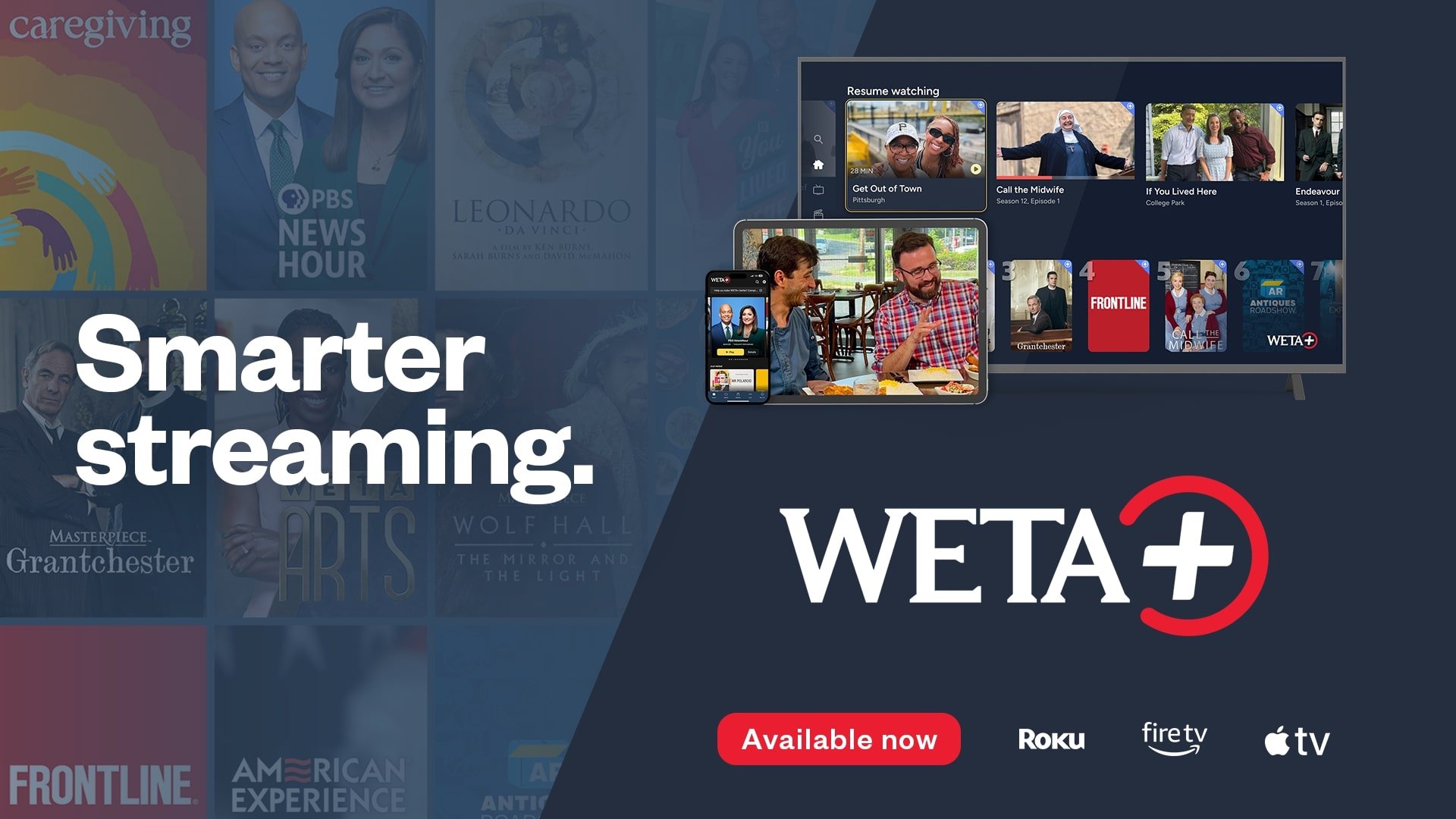
WETA
WETA+, the localized streaming app developed for WETA in Washington, D.C., launched in early July.
A new streaming app that gives public TV stations more customization tools has launched in Washington, D.C., and is coming soon to at least nine other cities.
The app, WETA+, was developed for WETA by Cascade PBS, the Seattle-based station that’s leading a streaming initiative now known as Local Public. The software application is built on top of PBS’ streaming technology and gives stations more flexibility to enhance the user experience.
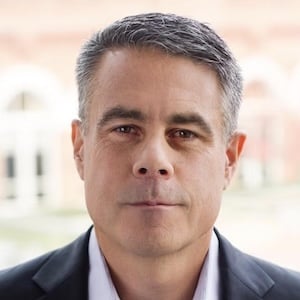
“WEE-Tah plus,” as it’s pronounced, is similar to what can already be found on the PBS video app and the PBS Passport member benefit. Miguel Monteverde, SVP and GM of WETA in Washington, said the new streaming option aims to build greater loyalty with audiences because it is designed for locally focused streaming.
“The future of our business is in streaming. We believe in broadcast, particularly when you’re in the news business,” he added, referring to WETA’s ownership of NewsHour Productions. “But for most on demand viewing, people are streaming. We believed we needed to have more control over the streaming experience from everything including branding to determining what the promotional priorities are.”
WETA+ is designed to be easily accessible for viewers who already use Passport, Monteverde said. “If you are already a WETA member and you have Passport access, you just log in with those same credentials on WETA+ and you just slide right in. You don’t have to set up anything new.”
Monteverde expects some viewers to stick with the PBS app and Passport if they are happy with it. But he’s hoping that people who support WETA will want to try the new app because the experience is curated for them.
Local Public, which launched in 2020 as the Local Streaming Initiative, was created by Cascade PBS with support from the Public Television Major Market Group. WETA is among the nine stations with representatives on the initiative’s advisory board, most of whom plan to launch their localized apps in the coming months. Oregon Public Broadcasting is a founding sponsor of Local Public and holds a seat on the board but doesn’t currently have a plan to launch the app.
Kevin Colligan, Cascade’s VP of media and innovation, said in an email that his team is “in varying stages of discussion with additional stations of all sizes” and expects to have at least 20 stations signed on by the end of June 2026.
The Local Public apps created for WETA and other stations leverage PBS’ Media Manager API and Passport metadata to distribute and curate streaming content. In an email, PBS Chief Digital and Marketing Officer Ira Rubenstein said, “We are proud of the infrastructure we’ve built to help meet audiences where they are and to ensure that it’s a seamless experience for users to connect to their local stations.”
While rescissions to CPB funding have created challenges for PBS, he added, “we remain committed to prioritizing quality essential services to stations, ensuring they can continue to serve their communities with exceptional local and national content.”
WETA+ launches
Much of the programming available on WETA+ is free to users who are geolocated in the D.C. metropolitan region. They can access five localized livestreams, including: WETA’s primary broadcast channel; the nationally distributed PBS Kids and World channels; locally curated WETA U.K., which is dedicated to popular British programming; and WETA Metro, which features its local productions along with how-to shows, news and documentaries. WETA’s Passport users currently receive all five of those channels in addition to NHK World-Japan and First Nations Experience, a network focused on Indigenous and Native American programs.
Viewers outside of D.C. who want to watch the livestreams or access a select group of programs such as Masterpiece must donate at least $5 a month to WETA as members.
Monteverde is proud of the app’s customization features, including the ability to curate collections under titles like “12 series that will make you smarter” and “trending in the DMV,” which refers to the region that includes D.C., suburban Maryland and Northern Virginia. For now, the trending grid is manually curated by staff who monitor program usage data. Over time, Monteverde wants the app to have the capability of automatically tallying viewing metrics and populating the grids.
More than 100 classic movies that are distributed through Lakeshore PBS in Merrillville, Ind., also are available on WETA+, including Gaslight, To Kill a Mockingbird, Godzilla: King of the Monsters!, A Star is Born and Night of the Living Dead. Monteverde said the films will be presented with introductions from a local film critic who will provide context to the historical importance of the movies.
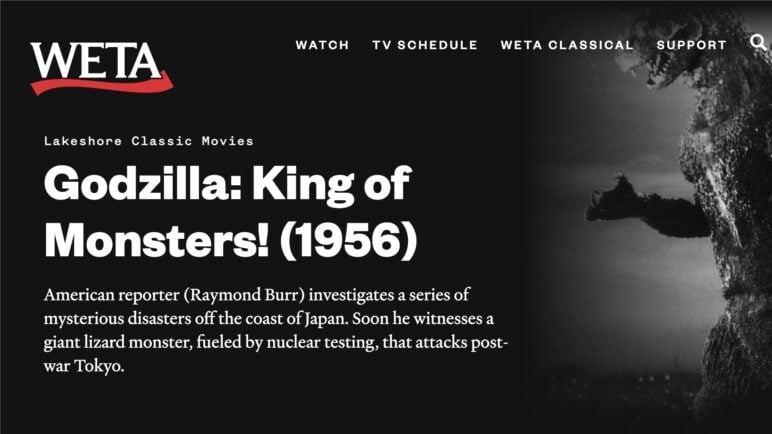
“There was an opportunity to package those films up and promote them in this experience where we have control over what gets curated,” Monteverde said. “We also get to explain the artistic merit of these and why they are worth watching.”
Some films might be outside of what viewers expect to see on public television, but he thinks it’s worth it because of the changed streaming landscape. “As we focus on our streaming future, I think we need to have a more expansive view about what programming and things we can offer that are still educational and fits with our brand attributes. The expectation is, ‘If I’m on a streaming experience, I’m gonna be able to find a lot more than if I just turn on the TV.’”
WETA+ viewers also have access to local series such as Signature Dish, If You Lived Here, WETA Arts, Get Out of Town and Feast Your Ears: The Story of WHFS. WETA is also leveraging its editorial partnership with The Atlantic to provide content from The Atlantic Festival.
Up next
Six stations have soft launched their new streaming apps: WHYY in Philadelphia; Denver-based Rocky Mountain PBS; KPBS in San Diego; WHRO in Norfolk, Va.; PBS Charlotte in North Carolina; and KVIE in Sacramento, Calif.
Nashville PBS and WCTE in Cookeville, Tenn., are preparing to launch their apps. Buffalo Toronto Public Media signed on to the service in July and is in the early stages of app development.
Rocky Mountain PBS CEO Amanda Mountain said in an email that RMPBS+ is important for the station to attract and build loyalty with new viewers. “For our organization to be relevant with new and core audiences, we must undergo a digital transformation at scale with other colleagues around the system.”
KPBS+ is almost ready to launch in San Diego, said KPBS spokesperson Heather Milne Barger. “We are emphasizing to our audience that KPBS+ is locally curated, which means that our programming staff have combed through thousands of local and national titles in the KPBS and PBS library.”
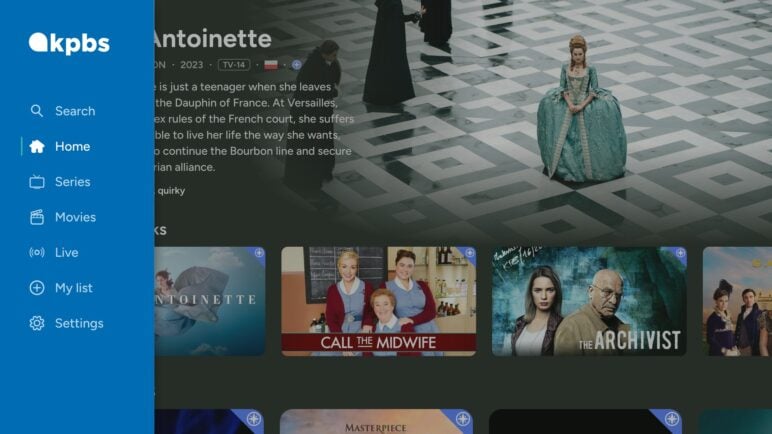
KPBS has planned a “two-phased rollout” that starts Wednesday. That’s when the app becomes available to staff and Producers Club level donors who give at least $1,200 annually, Barger said. During this “friends and family” period, KPBS is asking viewers to download the app and provide feedback on the experience ahead of the full launch around September.
“We recognize that there will be confusion with both options available,” Barger said of KPBS+ and PBS Passport. “We will all do our best to help our audiences decide what’s best for them. These two apps are not in competition with each other. Our primary goal is to have people watch our content anywhere they prefer.”
Nashville PBS delayed its launch because of recent cuts to its marketing budget after the rescission of federal funding. “I’m not sure what that timeline looks like with the loss of CPB funding,” said Shane Burkeen, senior director of brand, digital and marketing, in an email.
KSPS PBS in Spokane, Wash., considered joining Local Public but declined. Skyler Reep, director of development, told Current in 2023 that KSPS was interested in the concept’s goals but the cost to join was “prohibitive.” Reep recently told Current in an email that KSPS looks forward to seeing streaming and revenue results from the stations that are testing the app. “But for now we’re sticking with the PBS app.”


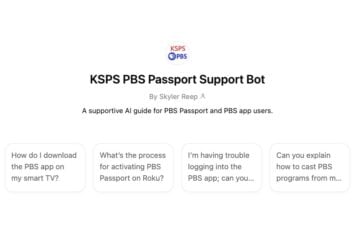


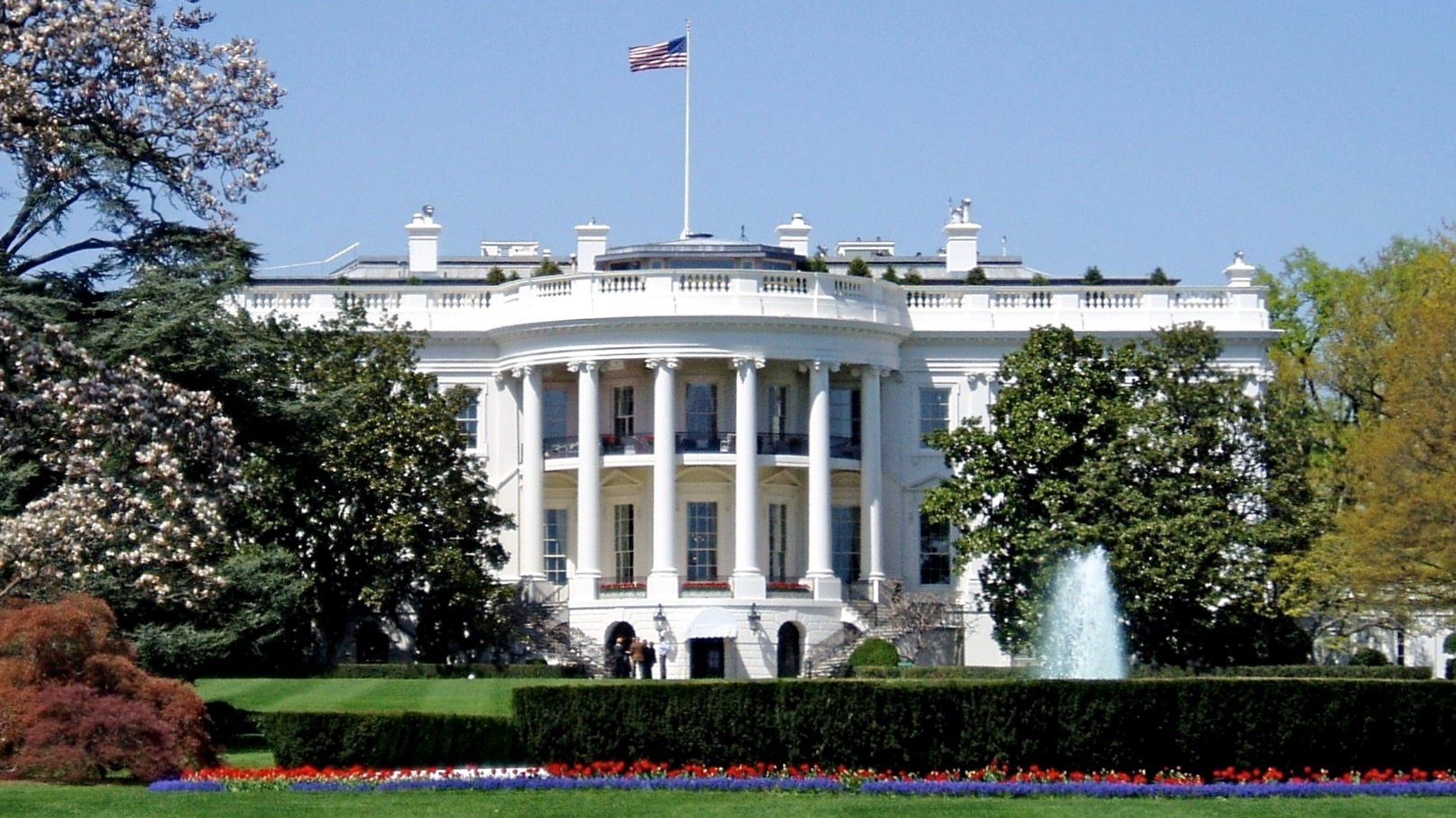

WETA+ is designed to be easily accessible for viewers who already use Passport
Oh, I thought this article was going to be about making Passport easier to use.
As long as its easier to stream local stations on an ap like YouTube TV why should anyone bother with Passport (and the contribution it requires.)
Hi K, I’m the project lead for Local Public, so am admittedly biased, but I did want to address your question.
Local Public apps ARE designed to make Passport easier to use. And it seems to be working: Our data shows higher engagement, retention and Passport conversion than the localized PBS app. In Seattle, the Cascade PBS app generates more than 2x the Passport revenue we see from the PBS app: $1.89M vs. $859k for in FY25. (More ROI information on our website: https://www.localpublic.tv/pricing/)
It is great to stream local PBS channels on YouTubeTV. The LLS initiative by PBS has helped soften the blow of declining broadcast numbers, and we’re grateful for it. But you’re comparing apples and oranges:
– YouTube TV is essentially the cable experience (stream the linear channel, and some VOD.)
– Local apps offer much more video on-demand, locally curated by the stations to meet community tastes/needs.
– And with Passport, local apps offer full access to the PBS streaming library. (Passport, btw, is arguably the best streaming bargain available is the U.S. and Canada, offered as a benefit to members who donate as little as $5/month.)
Local apps also carry linear livestreams, of course. Both stations’ primary channels (like YouTube TV), as well as secondary channels (eg: Kids, World, Create, NHK, FNX, etc.) These in-app livestreams are totally free to anyone in the station’s DMA. And Passport-level station members can watch these livestreams from anywhere within the United States.
To sum it up: Viewers get more for free (or, with Passport, quite affordably) than they could via YouTube TV. Viewers also get the satisfaction of supporting non-profit, local PBS stations (which, in many/most cases, are the last locally owned TV stations in their region). Passport donors also get a tax deduction for Passport (don’t try that with your YouTube TV bill).
Don’t take my word for it. I’d invite you to try one of our free apps and form your own opinion. The WETA+ app would be a good place to start: https://weta.org/wetaplus.
Finally, from the local PBS station perspective, we see local apps as a matter of survival. The TV business in 2025 is the streaming business. Stations need to grow membership via streaming just as our PBS forefathers and foremothers built membership around broadcast.
We’re proud of the current apps, but also recognize this is our starting line, not a finish line. In the coming months, we will be rolling out more features that truly differentiate local station apps from commercial competitors. By working together, we hope to preserve local public media by empowering stations to adapt to the new reality of the TV business.
Cheers,
Kevin Colligan